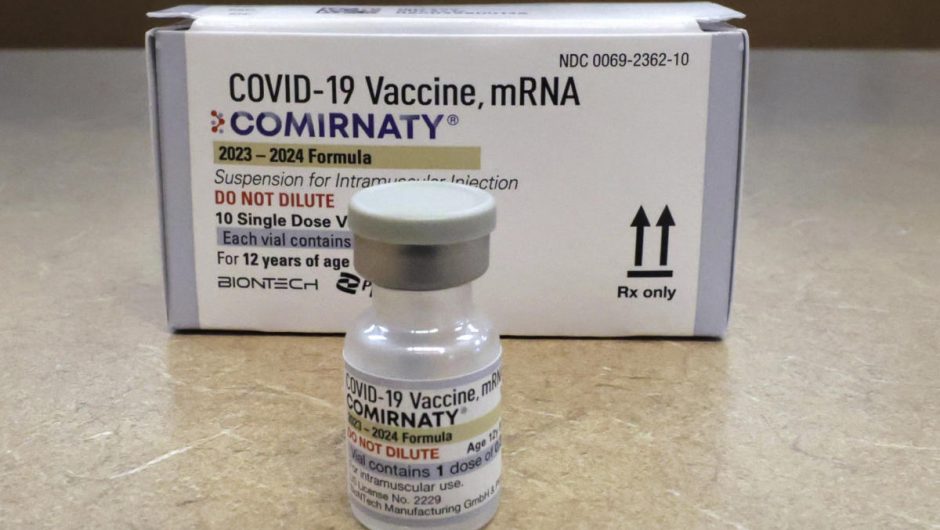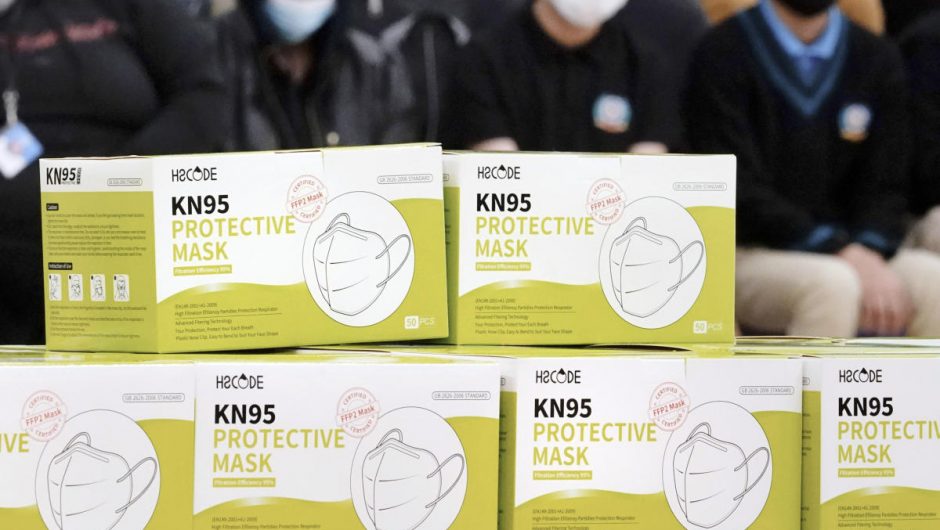[ad_1]
The most common symptoms of COVID-19 are looking much milder than they did at the beginning of the pandemic, new data shows. So, a COVID-19 infection could look and feel a lot like a mild cold, the flu or even respiratory syncytial virus (RSV). And that may be because new coronavirus variants are still emerging and spreading.
A new strain, XBB.1.5, is responsible for about 40% of cases in the U.S., according to the most recent data from the Centers for Disease Control and Prevention. This variant, another omicron subvariant, is a descendent of the BA.2 strain that took over in the spring, NBC News reported. Experts are concerned that XBB.1.5 and its relative XBB might be even better at evading the antibody protection against coronavirus infections than the BQ strains that are dominant now, NBC News explained.
Two other omicron subvariants — BQ.1 and BQ.1.1 — are now causing more than 45% of all COVID-19 cases in the U.S.
Meanwhile, the previously dominant BA.5 variant now only accounts for 3.7% of cases in the country.
As this new slate of variants continues to spread, the signs and symptoms of COVID-19 may be a bit different than what we saw earlier on in the pandemic. Here’s what you need to know about how things have changed and how to stay safe as the virus spreads this winter.
Common COVID-19 symptoms right now:
In the early days of the pandemic, COVID-19 came with a short list of characteristic symptoms, such as fever, cough, shortness of breath and a loss of taste or smell. According to the CDC, those are still some of the symptoms you might get with a coronavirus infection, but, as Dec. 13 data from the ongoing ZOE Health Study suggests, the range of potential COVID-19 symptoms has changed over the last few years.
As of Dec. 13, the ZOE Health Study’s smartphone data shows the 10 most commonly reported COVID-19 symptoms these days are:
Story continues
Previously, the ZOE Health Study regularly shared the five most common symptoms its users were experiencing. “But over time, we’ve seen that these change frequently. So, we’re now reporting the top 10 symptoms, which remain more stable,” the company said in its report.
Experts generally believe that symptoms of COVID-19 have become less severe over time, Dr. Otto Yang, professor of medicine in the division of infectious diseases and of microbiology, immunology and molecular genetics at the David Geffen School of Medicine at UCLA, told TODAY.com previously.
That may be because omicron subvariants tend “to stay more in the upper respiratory tract,” Yang explained, meaning the virus doesn’t affect the lungs as much as it used to.
Being up to date on vaccines and boosters — or having some level of protection from a prior infection — may also make COVID-19 symptoms feel less intense, Yang said. “Someone that’s fully vaccinated and up to date may have such mild symptoms that they don’t even test themselves,” he added.
When should you test for COVID-19?
Because COVID-19 shares symptoms with so many of the other illnesses circulating at this time of year, you shouldn’t hesitate to take a home test.
“What folks really need to understand is that right now we are in flu season and RSV season — and we still have COVID hanging around,” Dr. Emily Volk, president of the College of American Pathologists, told TODAY.com previously. So, if you start to notice any of those common signs, like a cough, congestion or sore throat, that’s a good time to take a rapid test, she said.
If you’re exposed to someone with COVID-19, you should take a test about five days after the exposure, the CDC says, even if you don’t have noticeable symptoms at that point.
In the midst of the winter holiday season, you can use at-home rapid COVID-19 tests before gathering with friends and family to make your get-togethers that much safer — especially for those who are immunocompromised or those with other risk factors that make them more likely to have severe COVID-19 symptoms.
That’s particularly helpful for people in areas with a moderate or high level of community COVID-19 transmission, the CDC says, which currently applies to about half of the country.
As of Dec. 15, U.S. households can order another round of four free at-home COVID-19 tests from the government to help reduce the spread of the virus. If you haven’t already, now is the time to stock up.
How to treat COVID-19 symptoms at home
For most people, COVID-19 is a relatively mild illness that doesn’t require specialized treatment, the CDC says.
When recovering at home, be sure to stay hydrated, get enough rest and use over-the-counter medications (ibuprofen or acetaminophen) to manage fever, aches and pains, TODAY.com explained previously.
Some people may benefit from taking at-home antiviral medications, such as Paxlovid, early in their infection. These treatments can be especially helpful for those who are at a higher risk for severe COVID-19 symptoms, including older adults and people with certain underlying health conditions.
If you develop more severe symptoms, such as trouble breathing or persistent pressure or pain in your chest, you should get seek emergency medical care, the CDC advises.
And it’s not too late to get vaccinated or up-to-date on your COVID-19 boosters. Having protection from COVID-19 vaccines — and, now, the updated omicron booster shots — can help prevent severe consequences from the virus, including the risk for hospitalization and death.
This article was originally published on TODAY.com
[ad_2]
Source link




